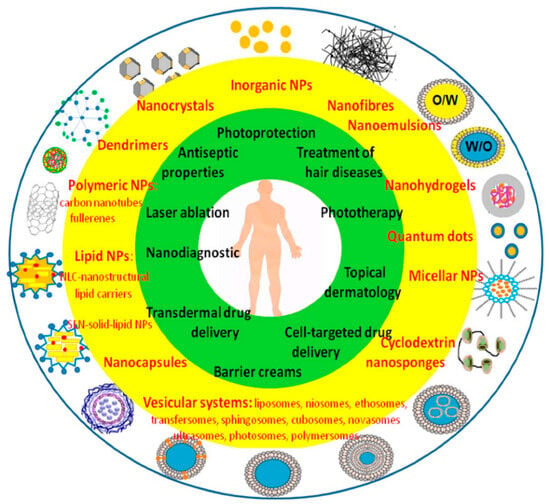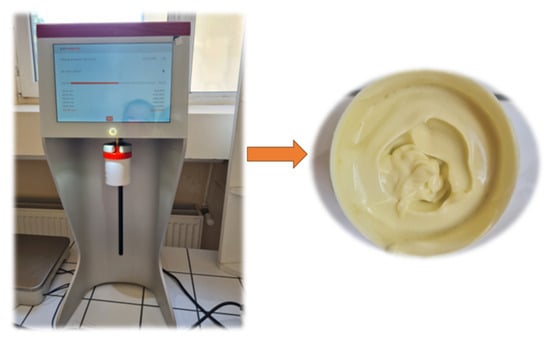Editorial Board Members' Collection Series: "Novel Delivery Systems for Dermocosmetic Applications"
A topical collection in Cosmetics (ISSN 2079-9284).
Viewed by 7566Editors
Interests: nanotechnology; lipid-based drug delivery systems; natural antioxidants; transdermal delivery systems; semisolid formulations
Special Issues, Collections and Topics in MDPI journals
Interests: drug delivery; nanomedicine; lipid nanoparticles; pharmaceutical technology
Special Issues, Collections and Topics in MDPI journals
Topical Collection Information
Dear Colleagues,
The skin is the body’s outermost organ, with pivotal functions in protection from external stimuli. Additionally, the skin is exposed to many risks, deriving from possible insults due to pollution or UV exposure, leading to premature ageing, as well as inflammation or infections. Therefore, to counteract these deleterious effects, several approaches have been developed, spanning from innovative delivery systems based on nanotechnological approaches, to functional ingredients, such as novel plant-derived phytochemicals.
In particular, nanoplatforms have emerged as promising carriers of treatments to improve the skin barrier’s function and to enhance their topical delivery. Indeed, nanoplatforms possess many advantages, including high biocompatibility, controlled release, increased moisturizing and emollient power, easy scale-up, and low-cost production. A variety of delivery systems have been investigated for topical application, such as lipid and polymeric nanoparticles, patches, emulsions, liposomes, and microneedles. This Special Issue’s aim is to collect the most recent research to provide an update of the state of the art, and to highlight new directions for investigations into the use of innovative formulations for dermatologic and dermocosmetic applications
Prof. Dr. Elisabetta Esposito
Dr. Debora Santonocito
Collection Editors
Manuscript Submission Information
Manuscripts should be submitted online at www.mdpi.com by registering and logging in to this website. Once you are registered, click here to go to the submission form. Manuscripts can be submitted until the deadline. All submissions that pass pre-check are peer-reviewed. Accepted papers will be published continuously in the journal (as soon as accepted) and will be listed together on the collection website. Research articles, review articles as well as short communications are invited. For planned papers, a title and short abstract (about 100 words) can be sent to the Editorial Office for announcement on this website.
Submitted manuscripts should not have been published previously, nor be under consideration for publication elsewhere (except conference proceedings papers). All manuscripts are thoroughly refereed through a single-blind peer-review process. A guide for authors and other relevant information for submission of manuscripts is available on the Instructions for Authors page. Cosmetics is an international peer-reviewed open access semimonthly journal published by MDPI.
Please visit the Instructions for Authors page before submitting a manuscript. The Article Processing Charge (APC) for publication in this open access journal is 1800 CHF (Swiss Francs). Submitted papers should be well formatted and use good English. Authors may use MDPI's English editing service prior to publication or during author revisions.
Keywords
- innovative delivery systems
- skin delivery
- natural functional ingredients
- dermocosmetic applications










